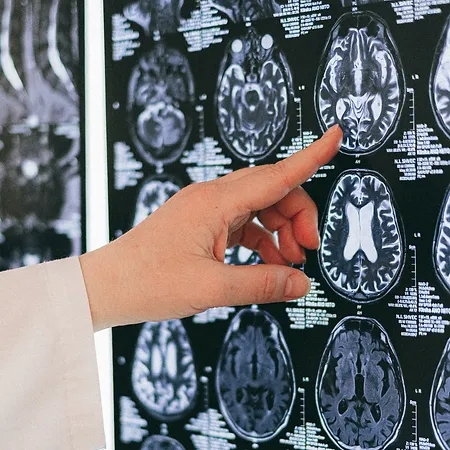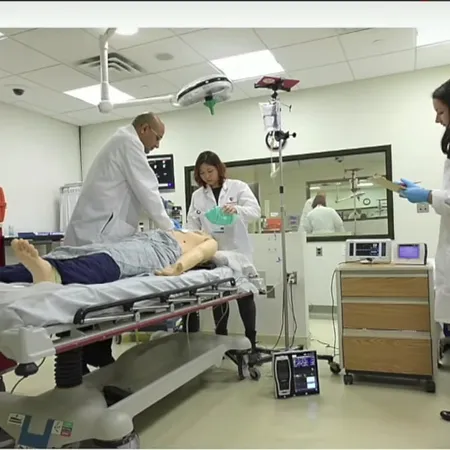A few weeks ago a striking piece of news appeared in various media: “They capture for the first time what happens to the brain before death: life could pass before our eyes”.
Fuente: (https://www.larazon.es/sociedad/20220228/2ggglw3tnzb5jf6ejoybvapfui.html).
The text read that a group of neuroscientists had casually captured the brain activity of a person immediately after death for the first time.. The EEG showed gamma waves associated with memory retrieval., with which it was speculated that these waves could reflect the moment of the life review that is counted in the NDEs.
As always, should go to the original texts, to articles published in professional journals, and put in quotation marks what appears in the mass media, who always seek to maximize the audience and that "reality does not spoil a good headline".
A close reading of the original article (“Enhanced Interplay of Neuronal Coherence and Coupling in the Dying Human Brain”
https://www.frontiersin.org/articles/10.3389/fnagi.2022.813531/full ) already reveals that the authors themselves give six reasons why one should not draw hasty conclusions from this case: summarizing, It is a single case of an epileptic patient, with intracranial hemorrhage, and having received anticonvulsant medication, their brain rhythms were most likely disturbed. Therefore, it is not a particularly paradigmatic case..
In any case, the most “daring” statement that the authors formulate is this: “It is intriguing to speculate that such activity (electrical) could reflect a last "recollection of life" that could occur in a near-death state.. We are therefore before an "intriguing speculation" according to the authors themselves.
Although the article speaks of a "clinical cardiorespiratory arrest" in the second 720 of monitoring, in the graph of the electrocardiogram that is presented, it is observed that after that moment the heart continues with electrical activity, does not stop. In the opinion of cardiologist Pim van Lommel, this patient did not have a true cardiac arrest but probably a ventricular tachycardia, condition in which no pulse is detected but the heart still supplies some blood flow to the brain, which is in "hypoxia" (not “anoxia” as in true cardiac arrest) and therefore some residual electrical activity in the brain is to be expected. Nor at this point, the case is significant.
Usually, there is a set of articles like this, who have explored residual electrical activity in the brain of rodents (Go ahead, 2013, https://www.pnas.org/doi/10.1073/pnas.1308285110) or of people (Chawla, 2009, 2017, https://pubmed.ncbi.nlm.nih.gov/19803731 ) after the moment of clinical death. And attempts have been made to relate this activity to NDEs, as if implying that NDEs are nothing more than the electrical "rales" of a dying brain.
From our point of view, This argument cannot be seriously sustained for two reasons.:
- The residual electrical activity measured in the cited articles is far from the complex activity, orchestrated and multilocalized that would be needed for such an extreme level of consciousness, lucid and ultra-real as reported during NDEs. El COMA Science Group (University of Liège, Brussels) for instance, has already shown the level of electrical sophistication that develops in the brain to support consciousness (https://www.science.org/doi/10.1126/sciadv.aat7603), a sophistication that certainly does not occur after cardiac arrest. And precisely in the review of life, situations are relived with astonishing realism (see review of Tom Sawyer's life in "Afterlife", de Bruce Greyson, p. 269), and almost always from the perspective of others. There is no residual electrical activity that can explain this level of consciousness..
- The numerous NDEs with objective, third-party verified insights, occurred away from the physical environment of the patient, therefore out of the reach of his senses, are inexplicable resorting to any kind of residual electrical activity. only in chapter 2 from the book "The Self Doesn't Die" (see the bibliography on our website) eighteen cases of this type are already collected.
In summary, despite the media impact, we are dealing with a very insignificant case, showing mild electrical activity during slow brain shutdown, clearly insufficient to justify the complexity, lucidity and depth of consciousness during an NDE. That consciousness is therefore of another type.





